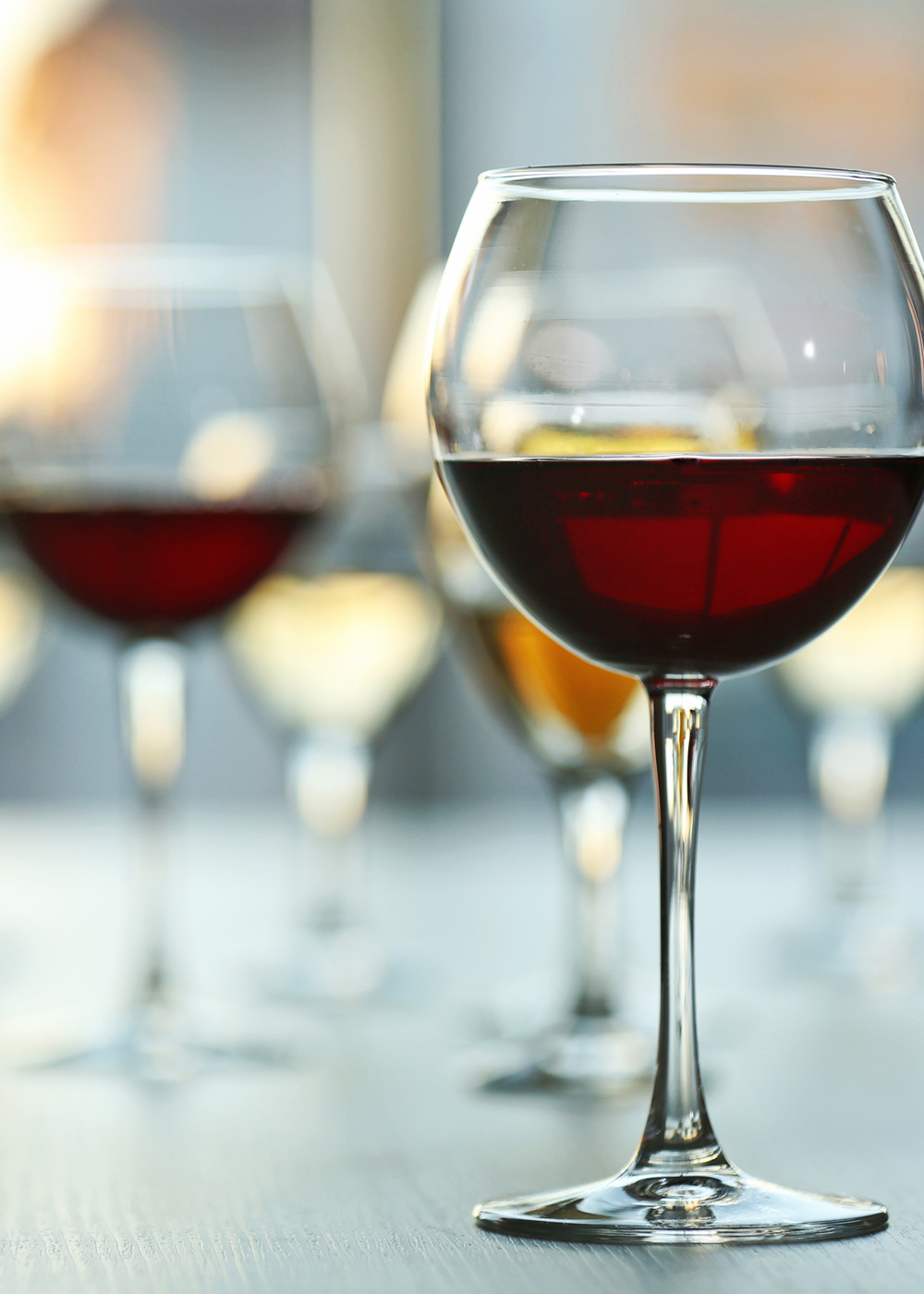This post is the second in our two-part Valpolicella and Amarone Series. You can learn about the styles and food pairings of these two wines in our first post.
As we learned in part one of our Valpolicella and Amarone series, the styles of these popular Italian red wines vary from dry to extremely sweet, even though the same grapes are used to make both styles. To understand why, we have to start at the beginning, with Valpolicella.
Valpolicella is a winegrowing area in Italy. It’s located in the Veneto region, in between the cities of Milan and Venice, near Varona. The word ‘Valpolicella’ comes from a mixture of Italian and Greek, and roughly translates to “valley of many cellars.” Wines from Valpolicella are called… “Valpolicella.” This is in keeping with the European tradition of naming wines after their place of origin. These wines are made from a mix of local grapes, the most important of which is Corvina, constituting 45%-95% of the blend by law (with some exceptions). Wines simply labelled “Valpolicella” are relatively light, acidic, fresh, ruby in color, and are the least expensive of the wines produced in the area.

Historically, the Valpolicella region was famous for the production of a dessert wine called “Recioto,” (“ray-CHEE-oh-toh”) which is made by drying the Valpolicella grapes before fermentation. When a grape is dried, its water content is reduced, relative to its sugar and acid content, which allows for more sugar and/or alcohol in the finished wine – creating sweeter, more concentrated flavors.
Occasionally, during the production of Recioto, a wine will come out of the barrel dry, rather than sweet. This used to be seen as a mistake, and the “flawed” wine was often discarded. It wasn’t until the 1950s that the dry version of Recioto, known as “Amarone,” began to be produced and sold commercially. Since the 1980s, Amarone has become wildly popular around the world, and production has skyrocketed.
Since it’s made from the same grapes and comes from the same region, Amarone wine is the same as Valpolicella, except for the process of drying the grapes before fermentation. The grapes destined for Amarone wine are picked at a slightly later date to ensure ripeness – usually in mid-October. They are then left to dry all winter, turning into shriveled grapes, or raisins.

Traditionally, the grapes were dried on straw mats in the sun, but currently, many winemakers use climate-controlled warehouses instead. During the drying days, the grapes will lose 30%-40% of their weight in water. The result is what leads to the intense concentration and high sugar content, which in turn translates into 15% or higher alcohol concentration. Therefore, since the grapes are “smaller,” it takes twice as many grapes to make a bottle of Amarone than it does a typical bottle of wine. Between the additional grapes and the extended drying process, Amarone usually demands a premium price. When looking to purchase one, you’ll notice that, since the term “Amarone” refers to a style rather than an origin, it must be followed by the phrase “della Valpolicella” on wine labels.
To take it one step further, after Amarone has been made and bottled, there is leftover grape skins and dead yeast in the fermentation vessel. This mixture is called the “lees,” and is very flavorful. Rather than discarding the lees of Amarone, winemakers will add them to the fermentation of a separate batch of red wine. These new wines are said to be fermented “on the lees” of the Amarone. In Italian, they call these wines “Ripasso,” because they are “repassed” over the lees of Amarone – thereby picking up some of the richness and flavor of the first wine. Valpolicella Ripasso is therefore a unique category that falls in between the style of the light, fresh Valpolicella, and the rich, powerful Amarone.
Now that you have a more complete understanding of Valpolicella and Amarone, along with their different styles, you’ll know what to expect when you pick up a bottle!



